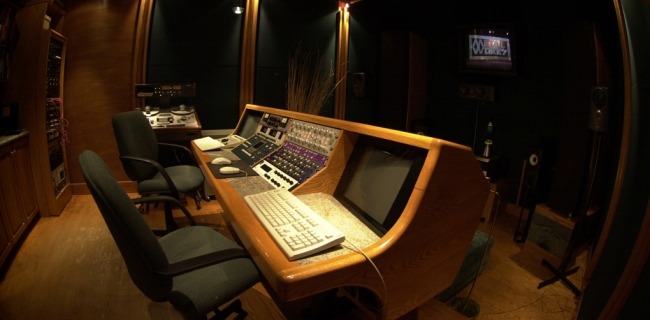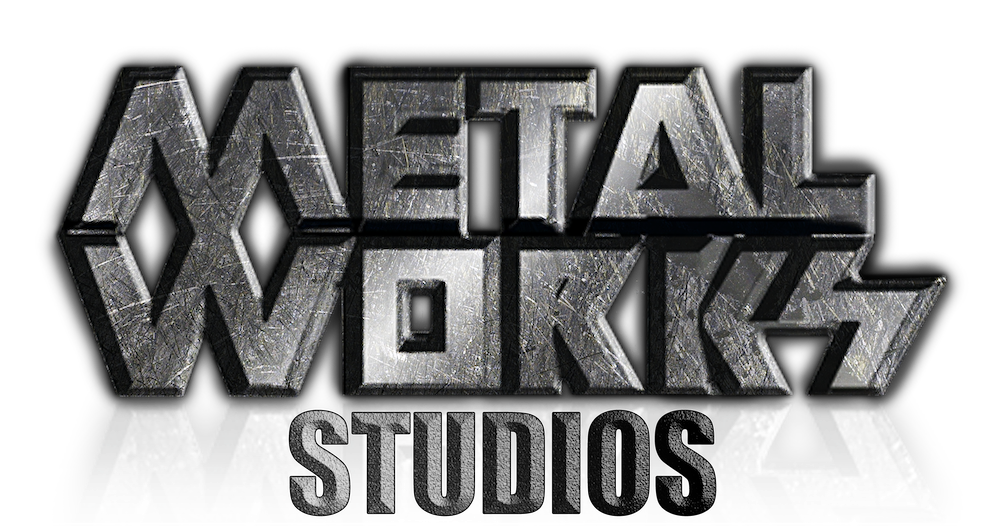
Dealing With Esses in a Mix
Tips from mastering engineer Scott Lake
In the course of working as a Mastering engineer one of the main issues I often deal with are esses that are too prominent in the mix. When trying to reach the required high levels of modern mastering, esses that seemed okay in the mix can become quite harsh and hard when mastered. In those cases, I often turn to a look-ahead compressor de-esser like the Weiss DS1-MK2 digital compressor.
In any musical production esses can sometimes become so annoying that they ruin the vibe of the music that you worked so hard to create. Although I can soften the esses in mastering, I often feel as if it compromises the mix. De-essing in mastering is often a choice I don’t necessarily want to make, but I am often forced to make this step in order to reach the required level and maintain listen-ability for the end listener.
There are a number of ways to deal with esses in the mix before mastering process. The first of these ways is to use a de-esser plug-in or hardware de-esser on all of the vocals. However, I find in most cases plug-in de-essers do not adequately do the job. These devices don't catch the esses fast enough or the de-esser has too wide of a frequency band, taking away life from the vocals. However, on occasion they will get the job done and if applied minimally it‚ better than not de-essing at all.
Hardware de-essers like the dbx 902 can be an indispensible tool in the mix process. Having two or three hardware de-essers is a necessity for most professional mixing engineers. However, due to budget constraints this is not an everyday option for most.
So we turn to‚ In the Box‚ method to deal with esses. One such method is to duplicate the vocal track, and insert an equalizer on the duplicate track. You can then find the offending frequency with a tight q by scrolling the EQ through the frequencies between 4khz and 12khz while boosting the eq. Simply set the equalizer to hi pass everything below the offending frequency and low pass everything above the offending frequency.
When this is done, the output of the duplicate track with the inserted equalizer is assigned to a bus e.g. bus 1. The next step is to set up a compressor on the main vocal track. Choosing a fast compressor is most desired to catch the esses.
You may also want to consider a plug-in compressor with a look-ahead feature. However, when choosing one be aware that they could add delay to your vocal track and you may need to adjust accordingly. Select the key input of the compressor to the same bus as the duplicate track has been set to e.g. bus 1. This new compressor then becomes a ducking comp, to de-ess the vocal and allows you to work only on the offending frequency while allowing the rest of the vocal frequencies to pass through unheeded. This method allows you to have more control over the Q of the frequency being de-essed than most of the plug-in de-essers. This should be done for each vocal track that has offensive esses.
A simpler equalizer solution is to insert the EQ on the vocal track with the offending esses. This EQ is set to low pass everything above 5 kHz to 12 kHz on the vocal and the high pass should be set just below the offending frequency. However, this technique tends to work better on background vocals that coincide with the lead vocal. Taking away those frequencies from a lead vocal can often leave it lifeless and dull. Backgrounds vocals usually don't require those frequencies so cutting those frequencies on the back ups let the lead vocal shine in that range.
If you have group background vocals that do not coincide with the lead vocal, i.e. call and answer backgrounds or counter melodies with harmonies, you can still use the above technique. Usually in this case you will have more than two background or harmony vocals, that are panned to the left and right to some degree. I suggest leaving one background to the left, and one to the right with full frequencies. The remaining vocals can then have the lo-pass eq inserted on the channels.
A method to reduce esses without the use of hardware or plug-ins is simply removing the esses from the offending vocal track waveforms. This method works well on backgrounds that coincide with the lead vocal. The lead vocal will need the esses in order to maintain sibilance and lyrical content. In fact, experienced background singers often sing their parts leaving off esses as well as consonants in order to not rub with the lead vocal. This was common practice in the days of analog tape where editing out esses was a dangerous and time consuming job. Although labour intensive, simply removing esses from backing vocals waveforms while leaving the lead vocal as is, can frequently be a great solution.
If you have group background vocals that do not coincide with the lead vocal, to use the above technique you can would leave the esses on two of the vocals, panned left and right, while removing the esses on any remaining vocals.
If removing the esses seems too robotic, or leaves the vocals feeling like they‚ more missing something, simply automate or gain the esses down. If you choose to leave the esses on the backing vocals it may be helpful to line them up with the lead vocal. The esses on the background vocal may need to be moved into time with the lead vocal, as well as either shortened or lengthened to match the lead vocal.
And finally, the big question: how do you know when to address the esses in your mix?
With esses less is more. In most cases one vocal (main) carrying the esses is enough, however on more transparent music removing esses from other vocals can be distracting. Esses are fine as long as they’re not harsh or distracting and the intelligibility of the lyric is maintained.
If you're finding the esses a little loud or harsh in the mix then they're only going to get harsher and louder with mastering. Bottom line, it is always better to deal with the esses when you're mixing.
In the end, it is best to always trust your ears to achieve the finest sounds and sweetest mixes!


Comments are closed